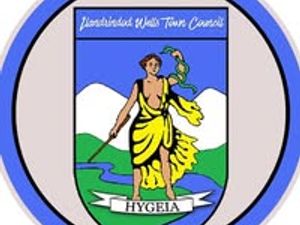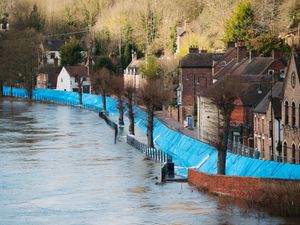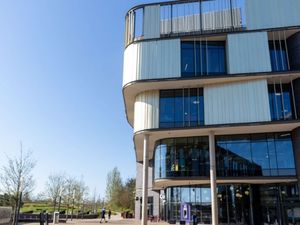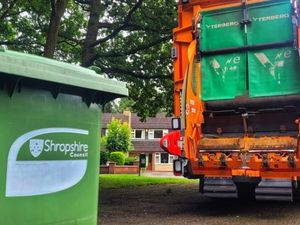Snowdonia 'time capsule' site to be used to tackle climate change
A historic site in Snowdonia is being used to tackle climate change which could see 350,000 tons of carbon being absorbed by woodland once restored.
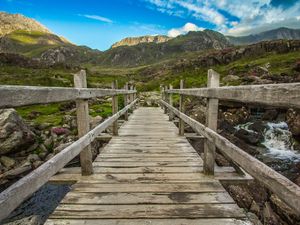
The remote 1,600-acre site of Y Foel, which lies south of Conwy, has been brought into the care of National Trust Cymru in partnership with Natural Resources Wales (NRW) who will help it bolster wildlife populations, tackle climate change and increase interest in the area’s mining history.
For more than a decade, the two organisations have been working to slow the the flow of water to reduce risk of flooding and create rich habitats to tackle climate change.
Now, the charity has said that the Foel site will play a significant role in continuing this work on a landscape scale for the benefit of both people and nature.
Trystan Edwards, General Manager for Snowdonia at National Trust Cymru, said: “Foel is a mesmerising place that is rich in history and has huge potential for nature to thrive – we’re really proud to be custodians of it.
“In many ways it is the missing piece in a jigsaw that will enable us to join up several distinct sites and work with partners at scale across the landscape.
"There’ll be more space for wildlife, including a network of new hedgerows, and the ability to store huge quantities of water and carbon in the deep peat soils.
“The layers of human interaction with the landscape are fascinating, from the old Roman road to the three slate quarries that helped the country to global acclaim.
"We have a real opportunity to improve access to this historic place and work with the local community to interpret and preserve its rich heritage.”
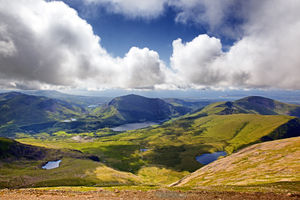
Degraded habitats on the site, including an expanse of nationally important peatland, will be restored so they can soak up large quantities of carbon and water.
This will help the landscape to absorb the effects of extreme weather and minimising flooding in the valley.
It is estimated that the site could lock up more than 350,000 tons of carbon once restored, which is equivalent to taking almost 80,000 cars off the road for a year.
This will be done through the creation of new woodland, meadows, grassland and hedgerows, which over 10 to 20 years should absorb the total 350,000 tons of carbon.
The estimation was derived from a methodology published in ‘Carbon and ecosystems: restoration and creation to capture carbon’, a literature review by ecologist Penny Anderson.
Sian Williams, head of North West Wales Operations at Natural Resources Wales said: “We’ve worked closely with the Trust on peatland restoration, woodland and other habitat creation, and river restoration in the Conwy catchment.
"And we support the opportunity to work at the scale which Foel offers. The timing is critical, we need to deliver land management changes at pace in key areas.
"Foel offers the springboard for the Trust and Natural Resources Wales to look at the landscape in a much wider sense.”
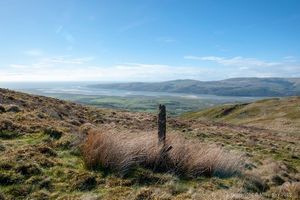
Culturally, the landscape has been described as a ‘time capsule’, with remnants of the area’s mining history scattered across the hillside.
Artefacts such as a water-powered incline– used to move slate up and down the steep slopes– and rows of quarrymen’s cottages offer insight into a time when Wales was known as ‘the place that roofed the world.'
As well as evidence of Snowdonia’s mining past, the landscape has numerous features of post-medieval farming, with sheep folds, abandoned buildings and signs of peat cutting dotted across the site.
Where peat was drained – in a bid to increase food production after the Second World War – ditches of up to a metre wide now criss-cross the land.
These ‘grips’ will be filled in to stop further erosion and turn the habitat into a healthy carbon store.
The land which was previously used as pasture, will continue to be grazed by sheep and cattle with the aim of creating a ‘mosaic’ of grass and heath lands, meadows and blanket bog.
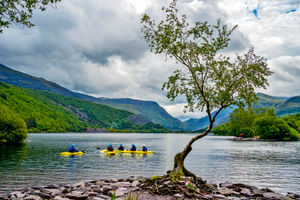
New hedges will be planted in the lower fields while the upper reaches will become a nesting and feeding place for threatened birds such as the hen harrier, peregrine falcon, golden plover and red grouse.
“This is a fantastic opportunity for someone who has a passion for conservation and upland Welsh farming skills to play a part in caring for this extraordinary landscape," Trystan said.
“We are looking to appoint an enthusiastic naturalist and an experienced shepherd to manage the livestock as well as observe and record plant life as we work with partners and local farmers to protect this historic landscape.
“Being a stone throw away from Cwm Penmachno, and surrounded by a strong agricultural community, we’ll be looking for someone who’s a people person and will integrate well into the Cwm.”

